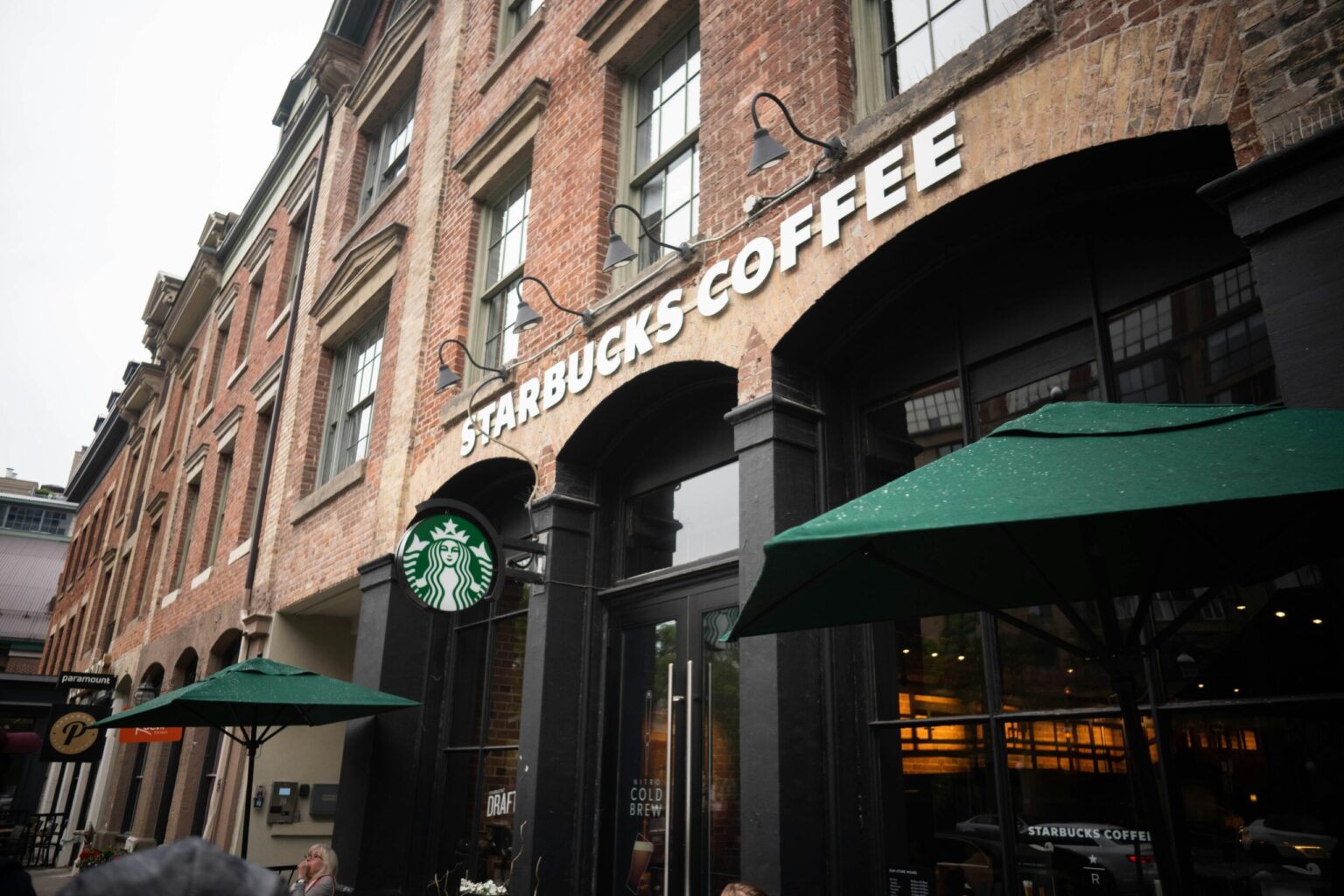As the holiday season heats up, a growing strike by Starbucks baristas threatens to severely impact operations just days before Christmas Eve. This escalating labor action, which began on December 20, 2024, has already caused disruptions at numerous Starbucks locations across the United States, including high-traffic areas in Los Angeles, Chicago, and Seattle. By December 22, the strike had spread to major cities such as New York, Philadelphia, Columbus, and Denver. Starbucks Workers United (SWU) is warning that by Christmas Eve, hundreds of stores could be affected, which could cause major issues for the coffee giant during one of its busiest periods of the year.
The Cause of the Strike: Demands for Fair Wages and Conditions
At the core of the strike are workers’ demands for better wages, improved working conditions, and enhanced job security. Starbucks Workers United, which represents more than 10,000 baristas across 500 locations, accuses the company of failing to negotiate in good faith. The union alleges that Starbucks has engaged in retaliatory tactics, including firing union leaders and closing down unionized stores under the guise of operational restructuring.
Michelle Eisen, a leading organizer with SWU and a barista in Buffalo, expressed frustration, saying, “Starbucks is trying to run out the clock on negotiations while pushing baristas to their limits during the busiest time of the year. We will not back down until we get the respect and fair wages we deserve.” The union’s strategy to strike during December—Starbucks’ peak holiday season—aims to heighten the pressure on the company to meet its demands, particularly with high customer traffic due to holiday-themed beverages and last-minute gift purchases.
Starbucks’ Response: Minimizing the Impact
Starbucks has downplayed the impact of the strike, asserting that “the vast majority of our stores remain open and continue serving customers.” The company expressed its commitment to engaging in “constructive conversations” with employees but also criticized the union for disrupting operations during such a crucial time for the business. Starbucks’ official statement emphasized that they respect workers’ rights to protest, but believe the best approach is for employees and management to work directly together, without third-party interference.
However, Starbucks has faced significant scrutiny regarding its handling of union disputes. In March 2024, a National Labor Relations Board (NLRB) ruling found that the company had unlawfully fired union organizers, leading to their reinstatement. Additionally, there have been accusations that Starbucks is intentionally closing unionized stores to undermine worker solidarity.
Impact on Customers: Frustration and Support
As the strike has grown, customers in affected cities have reported a range of disruptions, including longer wait times, reduced menu options, and temporary store closures. Some regular Starbucks patrons expressed frustration with the inconvenience, while others voiced solidarity with the workers. Seattle resident Sarah Thompson, 28, who encountered a “closed due to staffing” sign at her local Starbucks, noted, “I totally support the workers, but I really wish this wasn’t happening right before Christmas. That being said, I’d rather wait a few days for coffee than see these workers treated unfairly.”
This strike is taking place during one of Starbucks’ most profitable periods of the year. Historically, the coffee chain generates billions in revenue from its seasonal menu and holiday merchandise. Financial analysts suggest that continued disruptions could significantly affect the company’s earnings and possibly dent its reputation, especially as customers face holiday inconveniences.
What’s Next for Starbucks?
As the strike expands, the pressure on Starbucks to engage in meaningful negotiations continues to build. If the company does not take action, SWU may escalate its strike efforts, potentially extending into 2025. Labor experts suggest that if disruptions persist at major locations, Starbucks may be forced to offer concessions to avoid lasting damage, similar to the union victories seen in recent labor movements at other major companies like Amazon and UPS.
On the other hand, Starbucks has shown little indication that it is willing to meet the union’s demands anytime soon. The company may attempt to wait out the strike, betting that workers will eventually return to work as the financial burden of missing wages mounts. The outcome of this ongoing battle remains uncertain, but it is clear that tensions are at an all-time high, and this dispute is likely to shape labor relations for Starbucks in the year ahead.
Looking Ahead
Customers should prepare for potential delays and disruptions in Starbucks locations across the U.S. as the strike continues in the days leading up to Christmas Eve. With the growing divide between management and workers, this dispute is shaping up to be a pivotal labor conflict that could set the tone for future negotiations within the broader retail and service industries. The outcome of this struggle may have lasting consequences for both Starbucks and its workforce.
